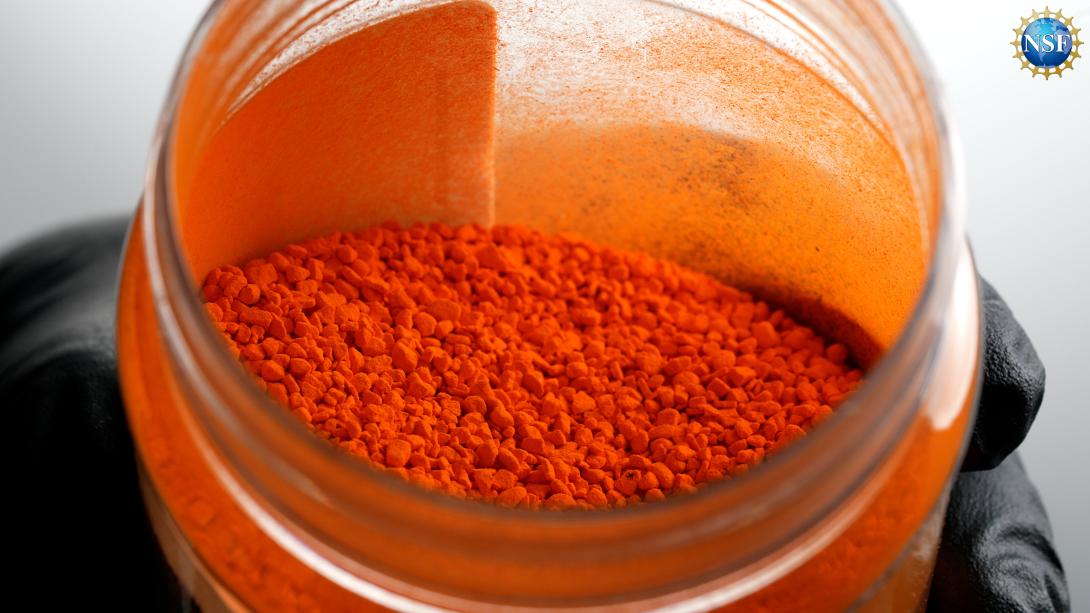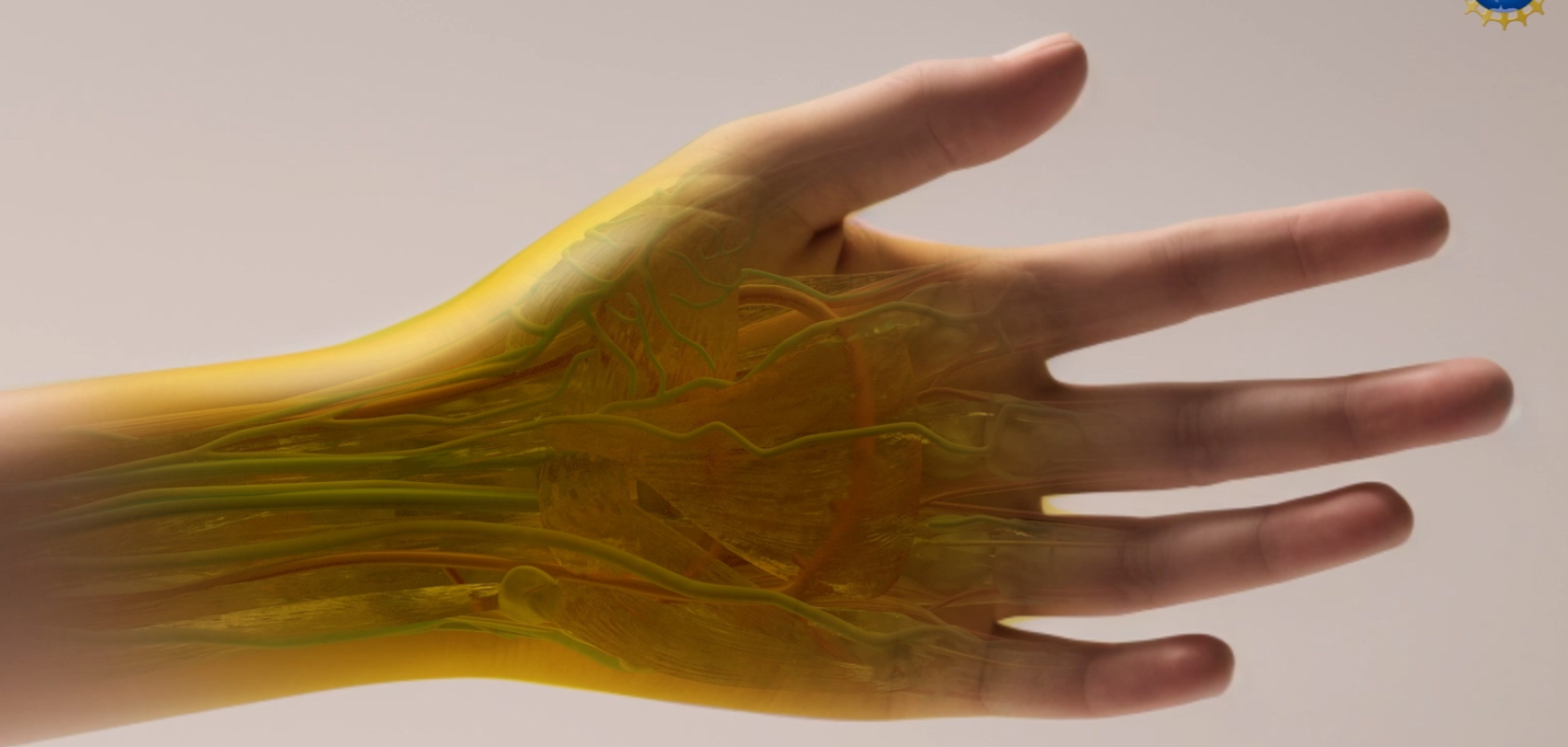Using Yellow 5 food dye, researchers at Stanford University hope they’ve found a way to make skin and muscle transparent, leading to multiple applications in advanced medical diagnostics.
Yellow 5 is a common, food-safe dye found in popular snacks and drinks like M&Ms, Twinkies, Dorito’s and Mountain Dew. But along with colouring our foods, fabrics and cosmetics, when applied to the skin of mice in a recent study, the substance was found to have a strange effect.

Image: NSF
Background of refractive light scattering
The scattering of light is the reason we cannot see through ‘solid’ objects, such as our bodies, as the varied refractive indices of biological matter are what causes the light to scatter. Looking for a way to make biological matter transparent, the researchers knew they had to match these different refractive indices.
As dyes which are the most effective absorbers of light are also capable of directing light uniformly through refractive indices, the researchers predicted that this was where they might find an answer.
When dissolved into water and absorbed into tissue, Yellow 5 – real name ‘Tartrazine’ – molecules are perfectly structured to match refractive indices and prevent light from scattering.

Image: Stanford Engineering
Testing the theory
When first testing their predictions on thin slices of chicken breast, the researchers found the refractive index of fluid within the cells would rise until it matched that of the proteins, and the chicken breast became transparent.
The next test involved rubbing a tartrazine solution on the scalp and abomen of mice, which quickly rendered the skin transparent and revealed blood vessels crossing the brain, contractions of the intestine and internal movements caused by the heartbeat.
There appeared to be no lasting effect on the test subjects, with skin quickly returning to its normal level of opacity once the dye was rinsed off.
“The research in my lab is currently focused on identifying molecules with sharp absorption in the near-ultraviolet region, minimising spectral tailing into the visible range to ensure tissue transparency without the presence of a red tone. Additionally, we are exploring methods for cells to express intensely absorbing molecules endogenously, enabling genetically encoded tissue transparency in live animals,” said Guosong Hong, bioengineer at Stanford University and co-senior author of the study.

Image: NSF
Next steps for further study
There is still further research to be done, and improvements to be made to the process. Being applied externally, tatrazine can only penetrate so far into tissue, for example, so will be unable to permeate through human flesh without further study into concentration and delivery strategies.
And although the initial toxicity assessments were promising – either being rinsed off or passing through the system in 24 hours with no lasting effects – the longer-term effects are yet to be determined. “We strongly discourage attempting this on human skin, as the toxicology of dye molecules in humans has not been evaluated,” said Hong.
Human applications
“Currently, this study has only been conducted on animals. However, if the same technique could be applied to humans, it could offer a variety of benefits in biology, diagnostics and even cosmetics,” said Hong. “For example, instead of relying on invasive biopsies, doctors might be able to diagnose deep-seated tumors by simply examining a person’s tissue without the need for invasive surgical removal. This technique could potentially make blood draws less painful by helping phlebotomists easily locate veins under the skin. It could also enhance procedures like laser tattoo removal by allowing more precise targeting of the pigment beneath the skin.”


